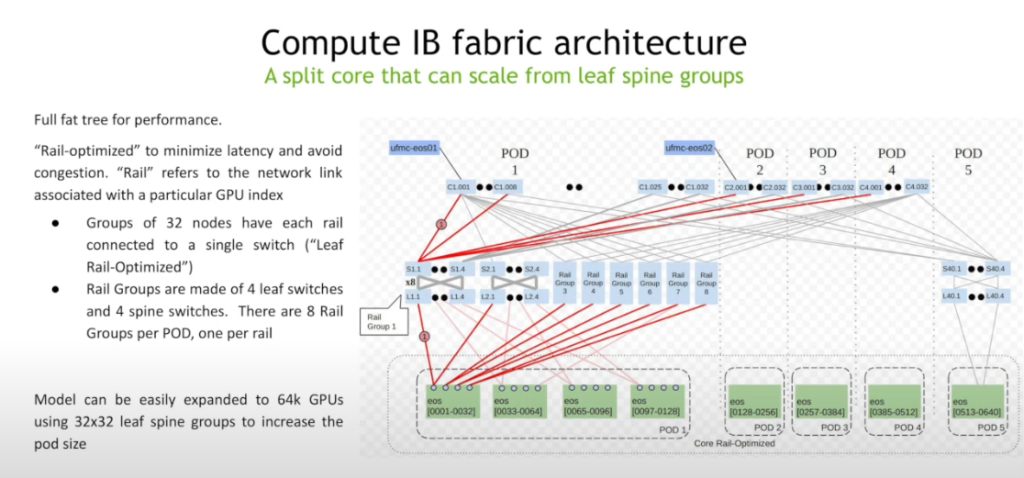I guess I am bit obsessed with personal performance, how to make more and better in the same or less amount of time. And this is another book about the subject. I read it as ebook so didn’t take notes.
Although the main topic is how to focus and make the most of it, the second part is about “scatterfocus” that was unexpected.
Focus produces, scatter invents/solves. They follow different steps to achieve that state.
And I think focus is gold. Difficult to focus with so much distraction everywhere. I like to work in the office… because it is mainly empty and I have few distractions there but looks like everything is about attention. It is the real commodity. Everybody is fighting for it. So you have to look after it.
There is nothing revolutionary for getting focus, and that is a good thing. I like the emphasis in meditation. Be sure you look after your body: good sleep, exercise, proper food, and be sure you have a limited time to be real focus per day so make it count.
For scatterfocus, it is as easy as going for a walk without nothing really in mind, let the mind wander and think in things and problems. These are the moments when most eureka bursts happen.
Need to read it again.





